It looks like you're using an Ad Blocker.
Please white-list or disable AboveTopSecret.com in your ad-blocking tool.
Thank you.
Some features of ATS will be disabled while you continue to use an ad-blocker.
share:
originally posted by: TrueAmerican
Oh but wait. Is that a light pole I see directly in front of that tiny little hole, before the side of the building collapsed. You know, those nasty light poles that all got knocked down by that big ole mean huge jet on the way in. Oh, ok. Yeah.
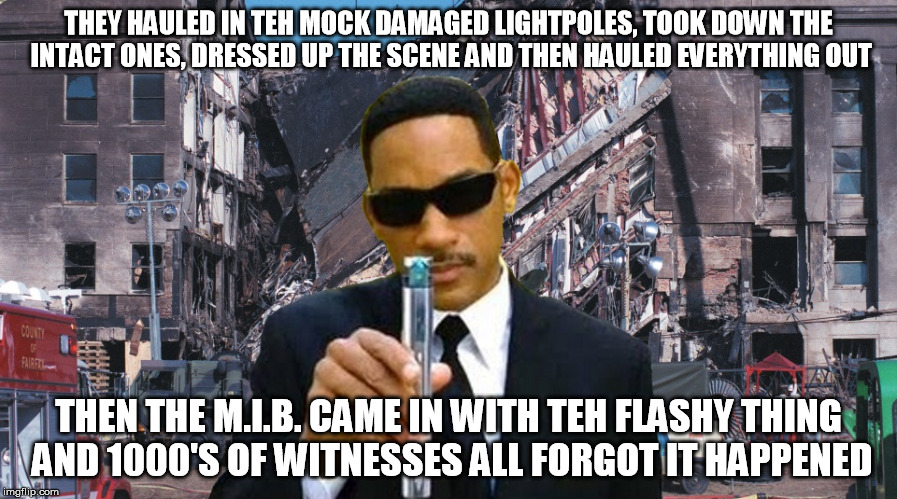
edit on 31-3-2017 by IgnoranceIsntBlisss because: (no reason given)
a reply to: Chadwickus
Here is what it looked like during the construction phase.
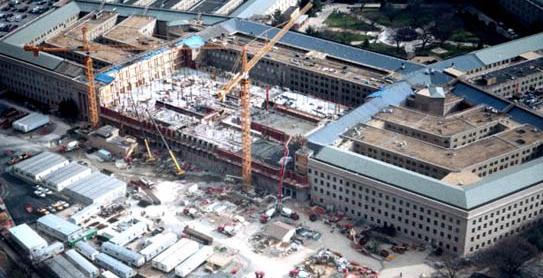
So that wasn't a rebuilt section taken at that time.
Here is what it looked like during the construction phase.

So that wasn't a rebuilt section taken at that time.
a reply to: trollz
it a covered drive, i say this for two reasons.
first count the windows on the second and third sections. second section has 3 rows of windows, 3 has 4 rows.
then if you look at other photos you see a traffic light, we had one just like this on the front gate where i was stationed, just red and green. also if you look at the second section/ring, just by one of the roof in the middle you see soot on the wall.
here is a gate with a stop sign in between the rings.
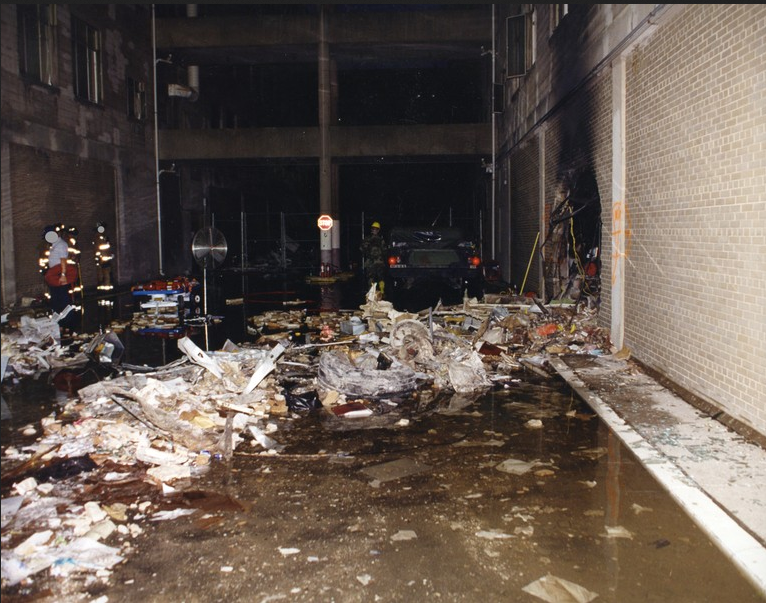
here is the whole with the traffic light
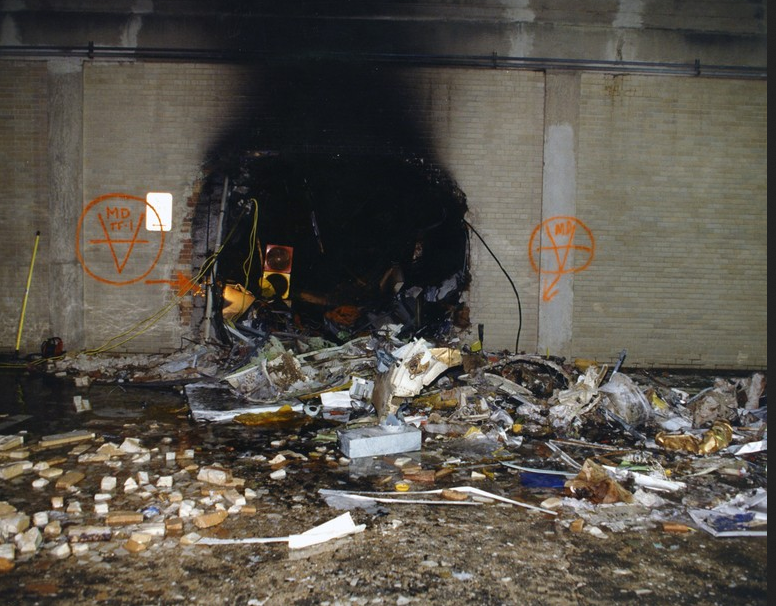
crop of rings for comparison
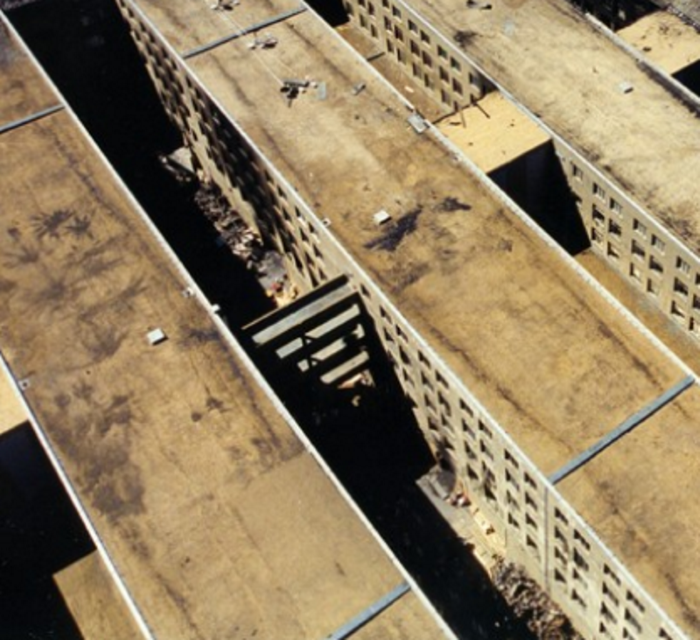
crop of sections labeled
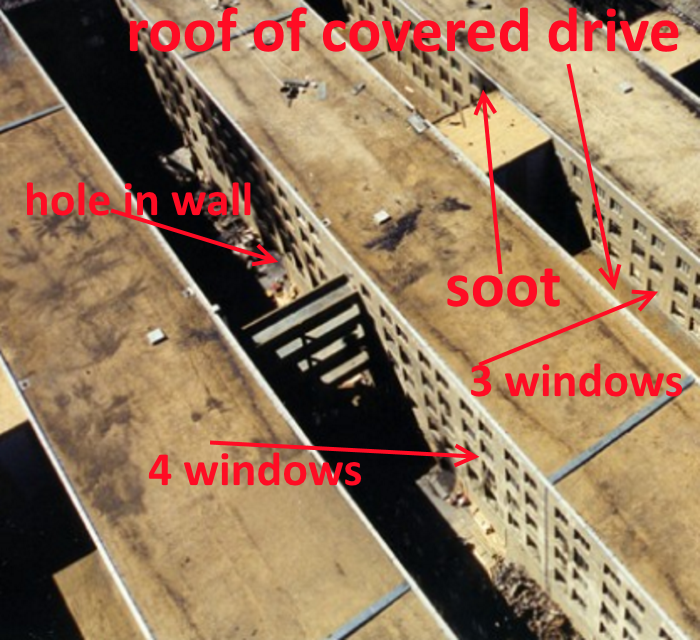
it a covered drive, i say this for two reasons.
first count the windows on the second and third sections. second section has 3 rows of windows, 3 has 4 rows.
then if you look at other photos you see a traffic light, we had one just like this on the front gate where i was stationed, just red and green. also if you look at the second section/ring, just by one of the roof in the middle you see soot on the wall.
here is a gate with a stop sign in between the rings.

here is the whole with the traffic light

crop of rings for comparison

crop of sections labeled

edit on 31-3-2017 by hounddoghowlie because: (no reason given)
a reply to: ZeussusZ
Roof Fires
Most people are unaware of the serious roof fire at Pentagon
Pentagon roof was set on fire in several places from burning jet fuel which was projected on to roof at impact
roof is composed of slate covering over wooden supports over a coating of tarred felt mats
Wood created voids where fires could hide and burn - fires began running along roof corridors threatening antenna
mounted on roof
took huge physical effort to break through slate to expose wood/felt underneath
And why is the roof burnt in a square but not the middle ones. And the nice shiny roof at top looks so out of place
Roof Fires
Most people are unaware of the serious roof fire at Pentagon
Pentagon roof was set on fire in several places from burning jet fuel which was projected on to roof at impact
roof is composed of slate covering over wooden supports over a coating of tarred felt mats
Wood created voids where fires could hide and burn - fires began running along roof corridors threatening antenna
mounted on roof
took huge physical effort to break through slate to expose wood/felt underneath
As the operation progressed and headway was being made, it became evident that the fire on the roof was not going to be extinguished or contained without substantial effort. Captain John Snider of the ACFD was assigned to join DCFD Truck 10 in an attempt to get a handle on the situation. The roof's construction was the cause of the problem. The roof appeared to be a typical slate roof over timber slats. However, on making entry into the roof, personnel found that under the timber slats were furring strips of wood, spaced every two feet or so, running from the ridge down toward the face wall. This wooden assembly was erected over a concrete roof deck, which was six inches thick. There was also a sublayer of tar-and-horsehair insulation, which was melting and igniting.
The furring strips created a 6-inch 2 8-inch void space, which was contributing to fire spread and making extinguishment difficult. An inspection hole bored into the concrete showed it to be about six inches thick. Breaching it would be labor-intensive. Since the actual roof of the Pentagon was the concrete sub roof, it was determined that the roof fire posed no real concern for the companies operating below inside the corridors. The fire was threatening to impinge on a cluster of fresh-air intakes for the bunker in which Pentagon command staff were secured many levels belowground. The fire also threatened a cluster of communications antennae crucial to operational effectiveness. These air intakes and antennae were deemed crucial to the ability not only of the Command staff to stay secure in their underground bunker but also for the Pentagon to be able to maintain uplinks with its worldwide intelligence-gathering resources. If the communications were compromised, it would effectively cripple the installation's ability to react to the ongoing threat.
Since neither of these exposures could tolerate impingement, crews made a trench cut to interrupt the fire spread. Crews worked feverishly to contain and control the advancing fire and were successful in delaying it sufficiently on the first day so they could gain some breathing room. All roof operations were suspended at 2000 hours, to safeguard the personnel. Efforts were redoubled the next day; the fire on the roof was eventually declared under control.
I've spent the last 4 days after work revisiting this topic and my emotions and thoughts associated with it.
I'm at a point now where in no way shape or form do I believe the official story. I have a problem with most of the theories, but I don't beleive the OS period.
Now when I first saw these photos the other night- I kept getting stuck on the picture of the aircraft debris with all the convenient identifying information on it. It seems all too convenient to me, but I suppose stranger things have happened.
Thanks for sharing these pics.
S&F
-Alee
I'm at a point now where in no way shape or form do I believe the official story. I have a problem with most of the theories, but I don't beleive the OS period.
Now when I first saw these photos the other night- I kept getting stuck on the picture of the aircraft debris with all the convenient identifying information on it. It seems all too convenient to me, but I suppose stranger things have happened.
Thanks for sharing these pics.
S&F
-Alee
Those black poles are cranes and I believe hounddoghowlie is correct that the second ring had a road underneath where the debri is. The roof is
blackened by the fires as they spread through the structure.
I agree that the airplane wreckage with identifying marks is strange but how many other pieces of wreckage were recovered without any identifying marks?
It seems these photos go along with the OS to me...
I agree that the airplane wreckage with identifying marks is strange but how many other pieces of wreckage were recovered without any identifying marks?
It seems these photos go along with the OS to me...
edit on 31-3-2017 by jtrenthacker because: (no reason given)
a reply to: NerdGoddess
There are multiple photos of different bits of debris, this one was one of many but because of it's identifying information, it seems convenient.
It's not really convenient if it's 1 photo out of hundreds though...
There are multiple photos of different bits of debris, this one was one of many but because of it's identifying information, it seems convenient.
It's not really convenient if it's 1 photo out of hundreds though...
edit on 31/3/17 by Chadwickus because: (no reason given)
a reply to: TrueAmerican
This is the pic that I m wondering about.
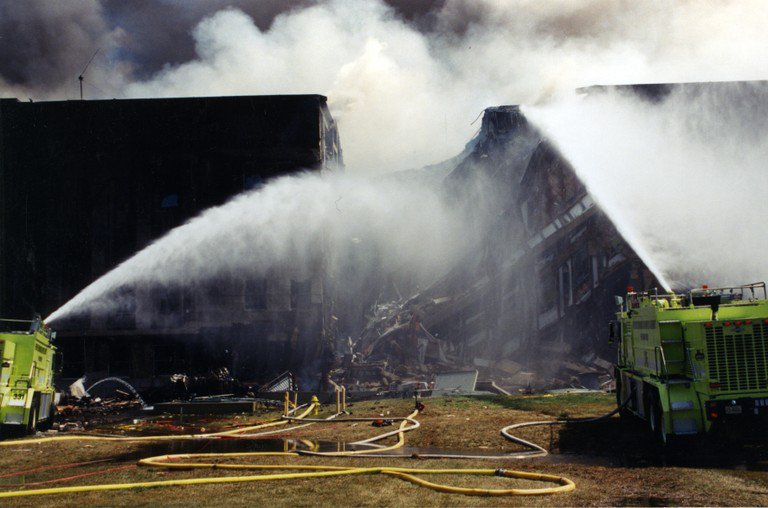
Whats om the roof just left of the hole? Looks like maybe a camera?
This is the pic that I m wondering about.

Whats om the roof just left of the hole? Looks like maybe a camera?
originally posted by: Shangralah
a reply to: TrueAmerican
This is the pic that I m wondering about.
Whats om the roof just left of the hole? Looks like maybe a camera?
Looks like an antennae to me.
a reply to: NerdGoddess
Plane crashes are the most random event you'll ever hear of. I've heard so many crash descriptions that were crazy to hear. Survivors that came through barely injured, while the people on both sides were killed, parts of the aircraft that should have been totally destroyed surviving, or parts that you'd think should survive being totally destroyed.
There is no telling what you're going to find at a crash site, and no two crash sites are the same.
Plane crashes are the most random event you'll ever hear of. I've heard so many crash descriptions that were crazy to hear. Survivors that came through barely injured, while the people on both sides were killed, parts of the aircraft that should have been totally destroyed surviving, or parts that you'd think should survive being totally destroyed.
There is no telling what you're going to find at a crash site, and no two crash sites are the same.
a reply to: Shangralah
is this what your looking at,
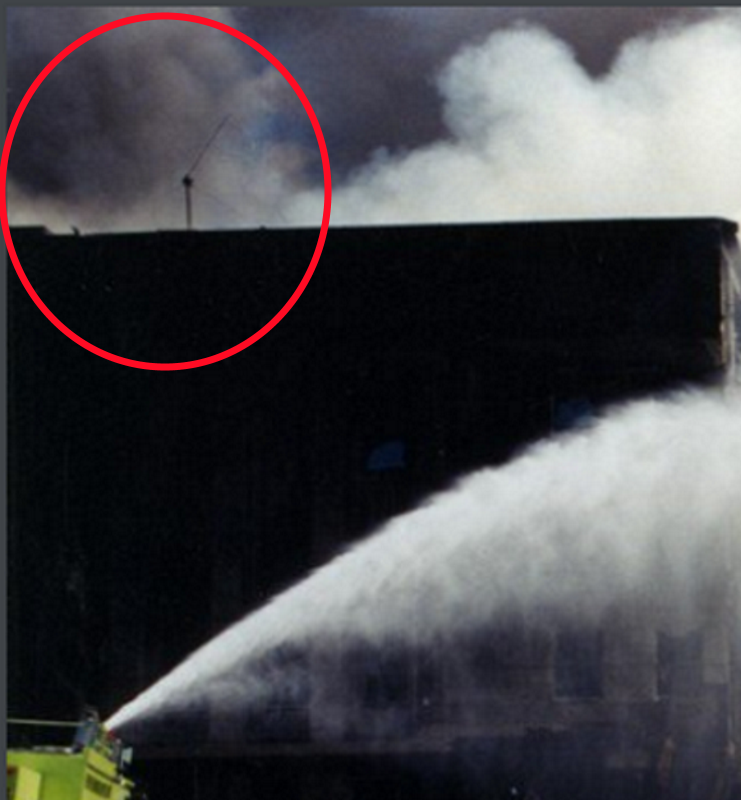
one appears to be a construction crane, the other hard to tell. but i would say that it's part of the construction material or equipment, if iirc the pentagon had just gotten a face lift before being hit.
is this what your looking at,

one appears to be a construction crane, the other hard to tell. but i would say that it's part of the construction material or equipment, if iirc the pentagon had just gotten a face lift before being hit.
originally posted by: Zaphod58
a reply to: NerdGoddess
Plane crashes are the most random event you'll ever hear of. I've heard so many crash descriptions that were crazy to hear. Survivors that came through barely injured, while the people on both sides were killed, parts of the aircraft that should have been totally destroyed surviving, or parts that you'd think should survive being totally destroyed.
There is no telling what you're going to find at a crash site, and no two crash sites are the same.
That's part of the reason why I'm so torn on what I believe. You just never know what can or will happen. A 'miracle' here, a disaster there.....In the end I guess it doesn't matter what I believe, it won't bring back the many lives that were stolen.
-Alee
a reply to: hounddoghowlie
Yes..
at 1st glance it looked like it would be a good spot for a camera. It could be ana antenna, probably is.
It sure looks like it could be a camera as well.
If it is an antenna why wouldnt they attach a camera to it as well? it is the Pentagon.
Yes..
at 1st glance it looked like it would be a good spot for a camera. It could be ana antenna, probably is.
It sure looks like it could be a camera as well.
If it is an antenna why wouldnt they attach a camera to it as well? it is the Pentagon.
edit on 31-3-2017 by Shangralah because: (no reason
given)
a reply to: NerdGoddess
Yes, the OS is likely the greatest bit of fiction ever made by mankind. Both at the pentagon and at WTC, the official story describes a false flag event planned at the highest levels of the federal government, in most cases by way of training exercises such as Tripod for FEMA and Vigilant Guardian for the military.
Yes, the OS is likely the greatest bit of fiction ever made by mankind. Both at the pentagon and at WTC, the official story describes a false flag event planned at the highest levels of the federal government, in most cases by way of training exercises such as Tripod for FEMA and Vigilant Guardian for the military.
originally posted by: Vector99
a reply to: TrueAmerican
That light pole sure is strange, almost like something without wings hit the pentagon. I wonder what flies without wings that could have done that.
A soviet rocket perhaps?
a reply to: FauxMulder
yes it was, the picture in the OP is during the investigation phase.
here is another, compare it to yours post here.
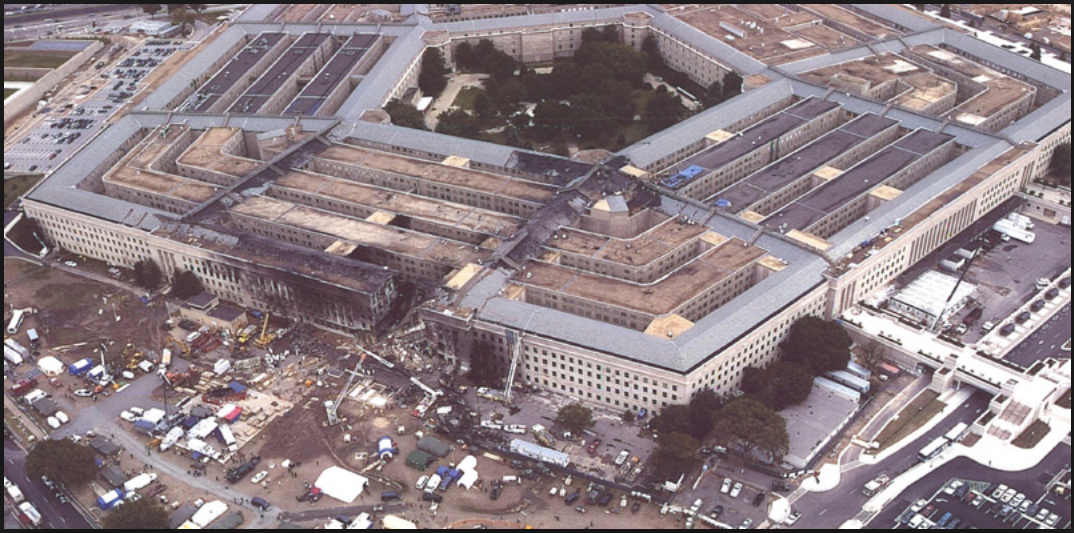
and here just after being hit, notice just a small construction storage area fenced off. all they were doing on 911 was punch list items. all job shacks and storage containers but a few had already been removed from the job site.
the picture in the OP are mostly if not all tents set up by investigators and clean up crews. if you look at this photo you'll notice that the crane is not there and just the small area i was talking about.
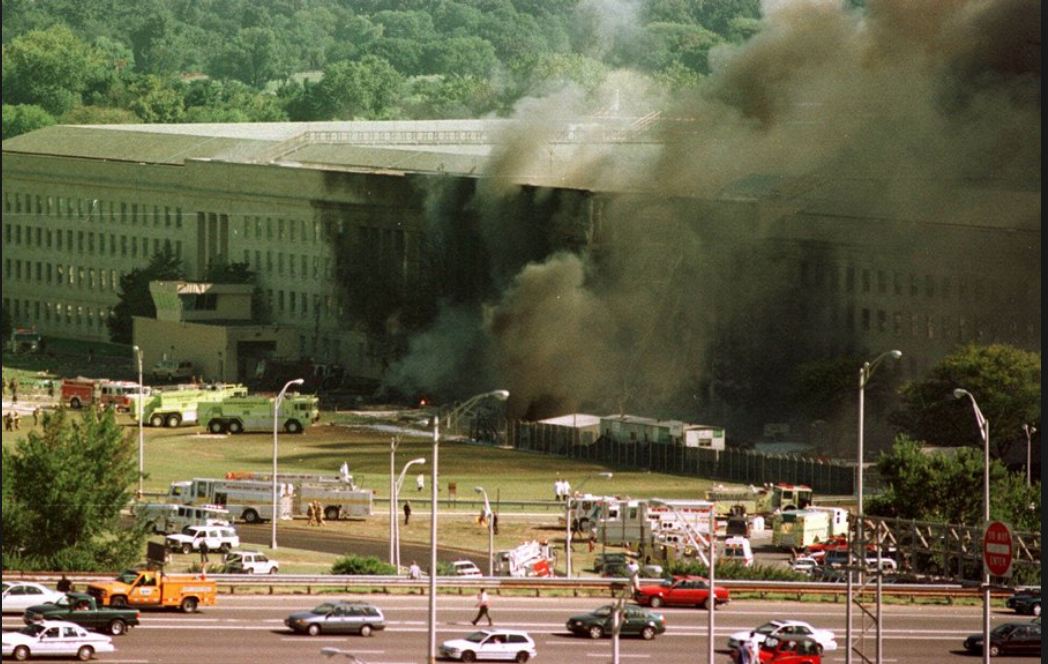
and here is a story about one guy on the punch list crew,
[exOn Sept. 11, the contract officially complete, Fraunfelter was finishing up a few last punch-list items. He arrived on-site at 7 a.m. to prepare for an 8 a.m. tenant meeting. It was a routine job-completion task, a meeting where tenants handed over a list of final fix-it items: touch-up painting, leaking pipes, etc. After the meeting, just before 9:30 a.m., the young engineer grabbed a subcontractor to help him repair a damaged ceiling grid on the third floor of the Pentagon's E-Ring. The two were in the middle of the job when a strange sound ripped through the room. It lasted just a split second, says Fraunfelter, "A strange sucking, whirring sound, like a loud vacuum cleaner." Then the sound stopped, the building shook violently, and the lights went out. He ran into the corridor and saw smoke coming from about 100 feet away. The smoke was so thick he couldn't see anything, but he could hear people screaming. He grabbed his flashlight and headed down the hall.]
Washington's Heroes
yes it was, the picture in the OP is during the investigation phase.
here is another, compare it to yours post here.

and here just after being hit, notice just a small construction storage area fenced off. all they were doing on 911 was punch list items. all job shacks and storage containers but a few had already been removed from the job site.
the picture in the OP are mostly if not all tents set up by investigators and clean up crews. if you look at this photo you'll notice that the crane is not there and just the small area i was talking about.

and here is a story about one guy on the punch list crew,
[exOn Sept. 11, the contract officially complete, Fraunfelter was finishing up a few last punch-list items. He arrived on-site at 7 a.m. to prepare for an 8 a.m. tenant meeting. It was a routine job-completion task, a meeting where tenants handed over a list of final fix-it items: touch-up painting, leaking pipes, etc. After the meeting, just before 9:30 a.m., the young engineer grabbed a subcontractor to help him repair a damaged ceiling grid on the third floor of the Pentagon's E-Ring. The two were in the middle of the job when a strange sound ripped through the room. It lasted just a split second, says Fraunfelter, "A strange sucking, whirring sound, like a loud vacuum cleaner." Then the sound stopped, the building shook violently, and the lights went out. He ran into the corridor and saw smoke coming from about 100 feet away. The smoke was so thick he couldn't see anything, but he could hear people screaming. He grabbed his flashlight and headed down the hall.]
Washington's Heroes
a reply to: Shangralah
well i guess it's could be a antenna and camera. but i still lean towards it's construction related.
here is a cropped image from the OP.
it you notice the outer ring about where it appears to be in your post, there's nothing there.
but if you look at the two inner inner rings, you see something that looks real similar to what in the other and piles of something around them. hard to say.
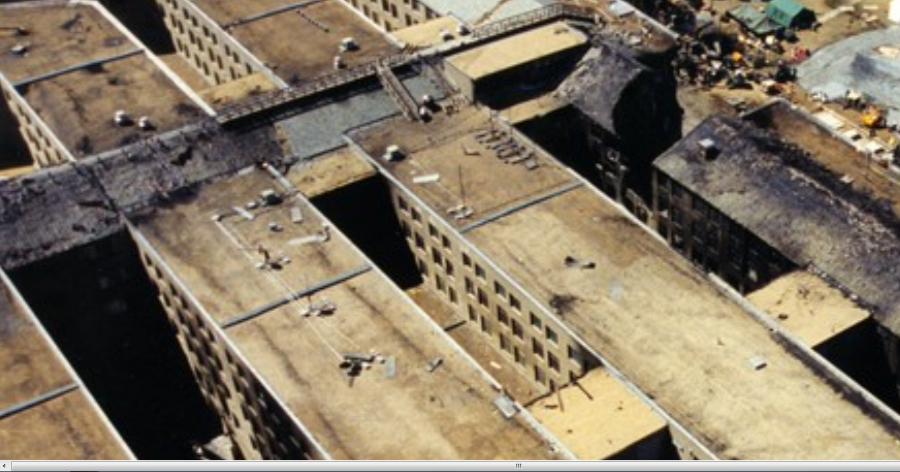
i suppose those things around them could be connection boxes and components housings. like i said kinda hard to tell.
if you blow them up it's easier to see.
well i guess it's could be a antenna and camera. but i still lean towards it's construction related.
here is a cropped image from the OP.
it you notice the outer ring about where it appears to be in your post, there's nothing there.
but if you look at the two inner inner rings, you see something that looks real similar to what in the other and piles of something around them. hard to say.

i suppose those things around them could be connection boxes and components housings. like i said kinda hard to tell.
if you blow them up it's easier to see.
edit on 31-3-2017 by hounddoghowlie because: (no reason given)
new topics
-
Thanksgiving 2024
Member Art: 5 hours ago -
The art of being offended
Social Issues and Civil Unrest: 7 hours ago -
FLORIDA Sues Biden-Harris FEMA for Denying Disaster Assistance to Homeowners with TRUMP Signs.
US Political Madness: 7 hours ago -
Turns out, they planned to go after P-nut.
US Political Madness: 11 hours ago
top topics
-
Turns out, they planned to go after P-nut.
US Political Madness: 11 hours ago, 20 flags -
The art of being offended
Social Issues and Civil Unrest: 7 hours ago, 17 flags -
FLORIDA Sues Biden-Harris FEMA for Denying Disaster Assistance to Homeowners with TRUMP Signs.
US Political Madness: 7 hours ago, 13 flags -
Thanksgiving 2024
Member Art: 5 hours ago, 9 flags -
Sick sick sick ---graphic story
Social Issues and Civil Unrest: 17 hours ago, 7 flags
active topics
-
Mike Tyson returns 11-15-24
World Sports • 24 • : ByeByeAmericanPie -
FLORIDA Sues Biden-Harris FEMA for Denying Disaster Assistance to Homeowners with TRUMP Signs.
US Political Madness • 31 • : Irishhaf -
President-Elect DONALD TRUMP's 2nd-Term Administration Takes Shape.
Political Ideology • 184 • : WeMustCare -
President-elect TRUMP Picks MATT GAETZ for his ATTORNEY GENERAL - High Level PANIC Ensues.
2024 Elections • 65 • : WeMustCare -
Sick sick sick ---graphic story
Social Issues and Civil Unrest • 43 • : Irishhaf -
Russia Ukraine Update Thread - part 3
World War Three • 6809 • : Arbitrageur -
The art of being offended
Social Issues and Civil Unrest • 24 • : argentus -
Thanksgiving 2024
Member Art • 10 • : Lumenari -
Encouraging News Media to be MAGA-PAF Should Be a Top Priority for Trump Admin 2025-2029.
Education and Media • 68 • : WeMustCare -
The Trump effect 6 days after 2024 election
2024 Elections • 113 • : cherokeetroy
